It stands grandly on its own, rising from the flat surrounding Dearborn real estate like the most dignified turn-of-century civic building ever, all grand entrance hall stone mullions, clock tower and flagpole, invariably with the stars and stripes floating on the breeze.
However, this is much more than some domain for pampered legislators. It is The Henry Ford, one of the greatest museums in America, established by the great inventor and industrialist in his pomp, a couple of years after his Model T had given way to the Model A.
He was 66 years old when he opened it – originally as the Edison Institute, to do honour to his scientist friend who, 50 years before, had invented the light bulb. He continued developing it for the rest of his life, and his heirs have done the same ever since.
If you’re a British hack, The Henry Ford probably looks the more spectacular because it is surrounded by snow since your visit probably coincides with January’s Detroit show. But if you’re near Detroit or even Michigan at any time, The Henry Ford and its associated ‘village of living history’, Greenfield Village, are unmissable. And one of the chief reasons for its appeal is that it is about much more than cars.
Of course, it was cars that generated the money to put it there. By 1929 Ford was already a billionaire, having pioneered mass production 15 years before and then used it to build the 15 million Model Ts that put America on wheels.
At one stage 50 per cent of the cars on American roads were Fords. However, the founder never forgot his own humble beginnings. “I will build a car,” he declared, “so low in price that no man making a good salary will be unable to own one.”
The museum began as a school to “tell the story of America”, as Ford put it. Some called it “an animated textbook”. For years before the opening of the building, Ford had been sending teams out to all corners of America to acquire the items of real life that people had designed, produced and used.
Over time, these made fascinating collections – you’ll see firearms, furniture, oil lamps, farm equipment, locomotives and even buildings – and came to be accompanied by some extraordinary items from history. This you begin to discover when you first walk along the chandelier-bedecked entrance hall, turn right towards the collections and are confronted by a blue-nosed Douglas DC3 airliner hanging from the reinforced roof.
About 40 per cent of the exhibits feature cars, a minority of which are Fords, although all of the really famous Fords are displayed. The rest of the museum’s remarkable content depicts the progress of society that produced it. Turn left from the DC3 and you’ll walk through extraordinary collections of steam engines and farm equipment, including Fords (the company moved earlier than most to making its ‘Fordson’ tractors).
Another powerful exhibit that takes as its title a phrase from the US pledge of allegiance – With Liberty and Justice for all – charts the achievements of the civil right movements, featuring as its centrepiece the ‘Rosa Parks bus’, which became a symbol of the struggle when a black female passenger defied the law and refused to give up her seat for a white male.
Near the dominating DC3 there’s a collection of early aviation artefacts: replicas of the Wright brothers’ Flyer and Charles Lindbergh’s Atlantic-crossing Ryan monoplane, Ford’s own 1925 Tri-motor airliner and the single-seat Ford Flivver, the ill-fated ‘Model T of the air’ that was supposed to bring cheap flying to the masses but was discontinued when young test pilot Harry J Brooks crashed into the sea on a development flight.
Leave the aeroplanes and you soon arrive at enormous depictions of Ford’s earliest days: huge photo panels showing hundreds of Model T rolling chassis in one image, all waiting for their engines. There’s lots of newsreel film from that period, made better by the excitable style of the narrators. Just across the aisle, a couple of friendly and knowledgeable museum workers help successions of young visitors assemble a Model T step by step.
Their best story is the one about how mass production changed car manufacture: a Model T that initially took 12.5 hours to make could later be built in 93 minutes. The consequent efficiency gains allowed Ford both to slash the Model T’s price and more than double his workers’ wages to an unprecedented $5 a day, an income that allowed many of them to become Ford owners.
“Low wages are the most costly an employer can pay,” declared Ford. He was no saint, mind. His opinion of Jews and their effect on business was especially suspect. But his lifelong appreciation of ordinary people was continually backed by action.
The museum’s car collection is eclectic in the extreme: everything from Henry Ford’s first quadricycle, through the Lincoln in which President Kennedy died to classic caravans and a Lotus-Ford single-seater race car in which Jim Clark won Indianapolis.
Surrounding these are superb examples of the car culture, extravagant neon signs from drive-in restaurants and movies, filling stations, newsreel of cars being torture tested and even a letter from gangster Clyde Barrow (of Bonnie and Clyde fame) congratulating Henry Ford, in a clear and educated hand, for building such a fine vehicle as “the V-8”.
But its centrepiece is surely a wonderful timeline of car design and engineering that starts with machines from the dawn of motoring in the 1880s and moves gradually to show how they progressed, shaped as much by history as taste. You come to understand in a few yards how the early petrol car gained precedence over electric power and steam.
You learn how progress with pressing steel panels into compound curves affected styling, how unitary bodies changed packaging and how the arrival of draconian 1970s US safety legislation reshaped cars and especially dashboards.
In winter, you won’t get much of a chance to see the extraordinary contents of the Greenfield Village, Old Henry’s collection of 100 famous and favourite buildings that, in most cases, he saw, bought, moved and reassembled – on a site that runs to 90 acres, has its own railway and is surrounded by another 150 acres of riverland, forest and pasture. Transport around the estate is by foot, horse-drawn carriage, steam train and fleets of Model Ts. You make your own choice.
Attractions include the home in which Henry was born (reconstituted as a tribute to his mother), the workshop in which he built the Quadricycle, the Wright brothers’ home and bicycle shop from Dayton, Ohio, in which they built their earliest aircraft, a perfect replica (including contents) of Thomas Edison’s laboratory from New Jersey, the Illinois courthouse in which Abraham Lincoln practised law, and much more. There is nothing like it, from one end of the world to the other.
If Greenfield sounds tasteless, as it did to me before my first visit, the only remedy I can suggest is that you visit the place as soon as possible. Go in the summer, to see Greenfield at its best. It will soon strike you that the artefacts and buildings have been collected to portray them as best they can be portrayed; to honour them, not to build some modern day ‘heritage experience’.
You’ll leave the place feeling inspired by the achievements of ordinary people, as I always do. Hell, you might even want to buy a Ford.
Get the latest car news, reviews and galleries from Autocar direct to your inbox every week. Enter your email address below:

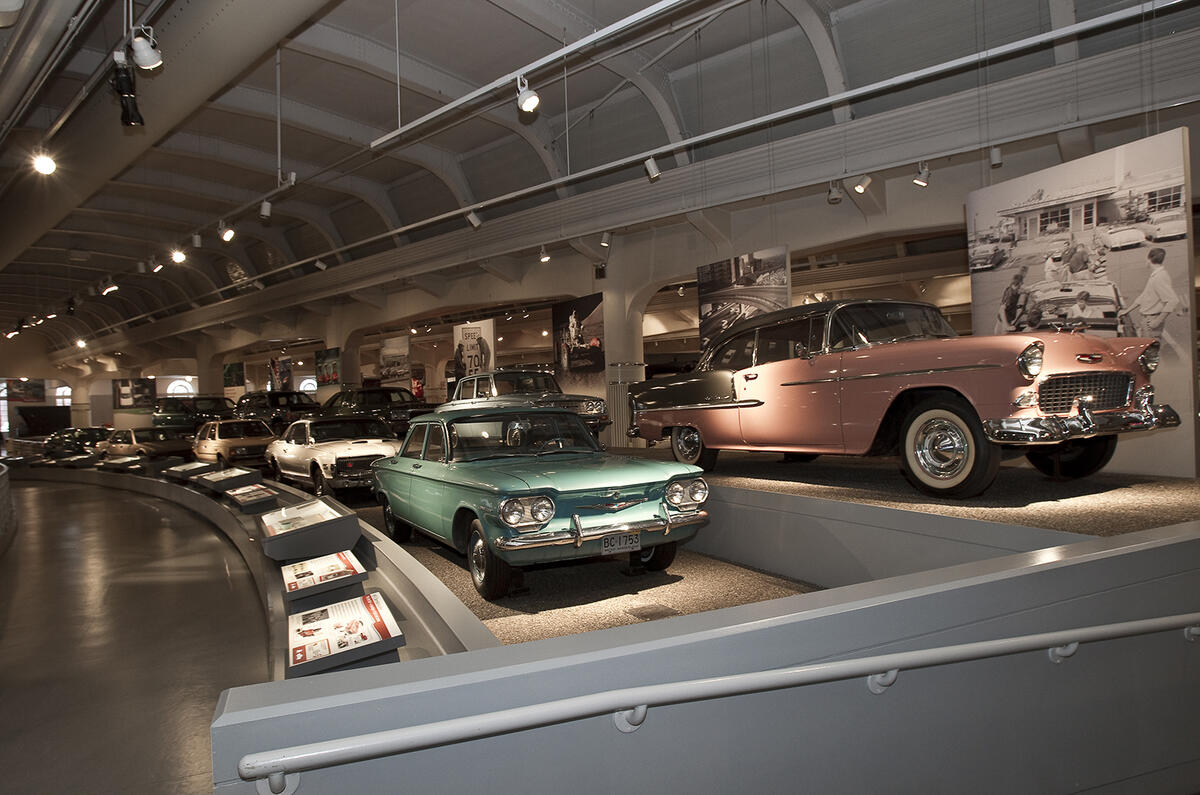
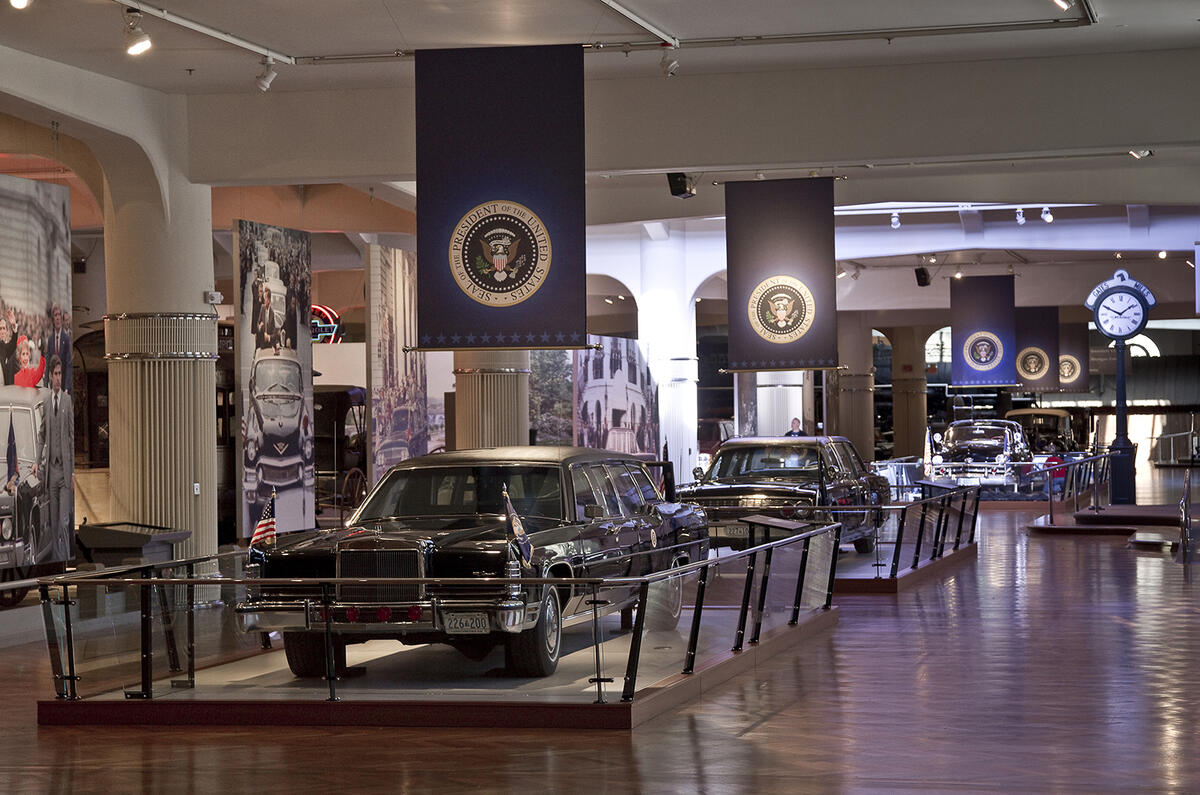
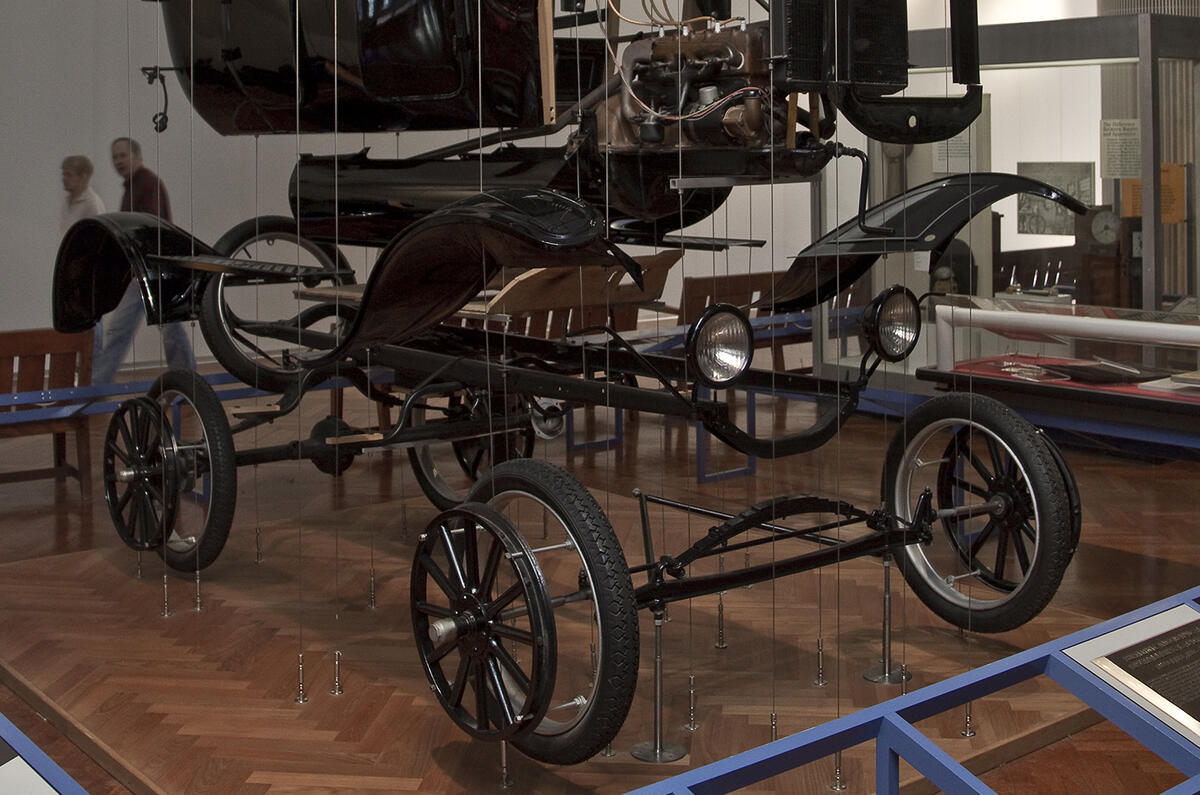
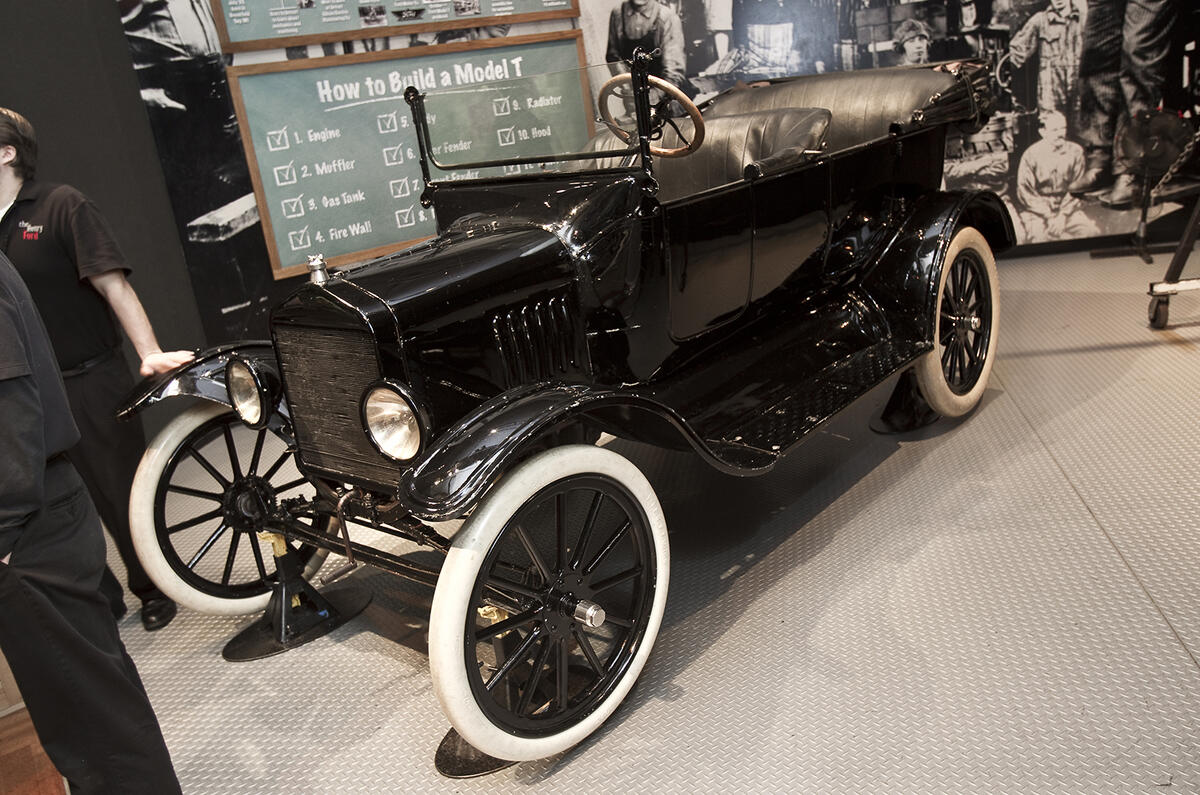
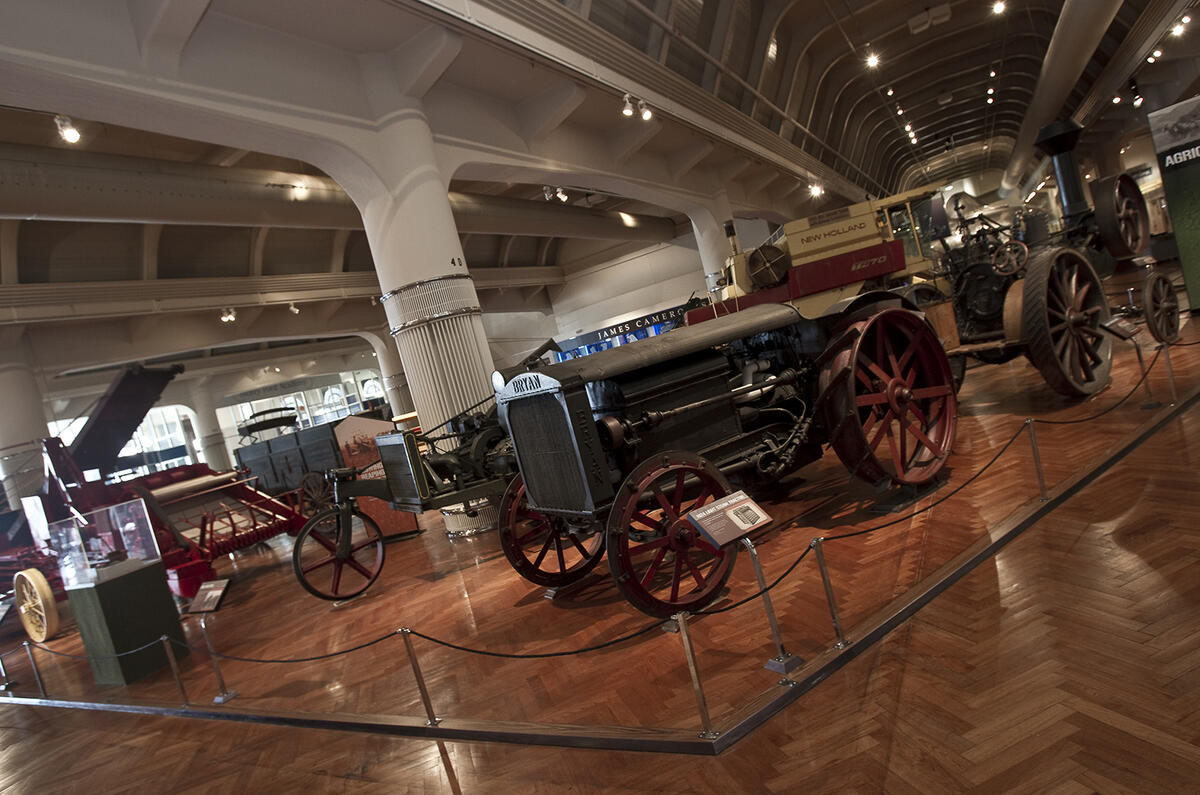
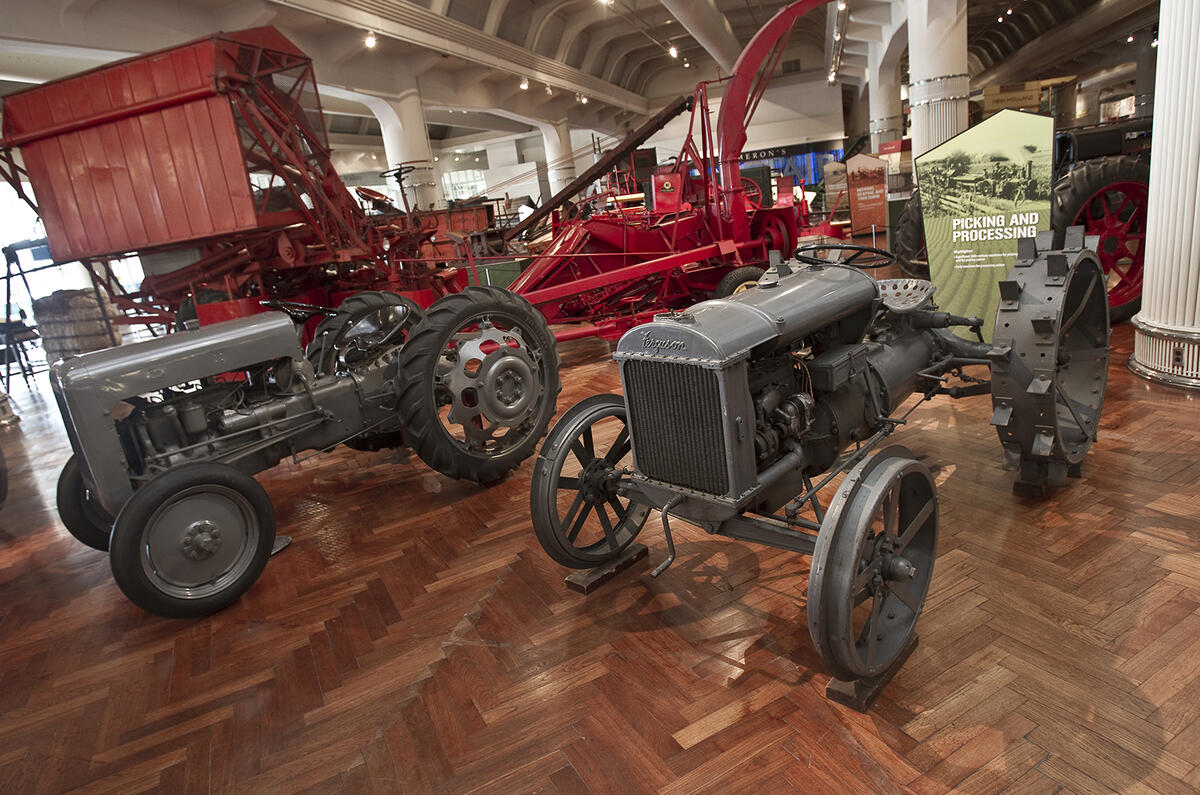
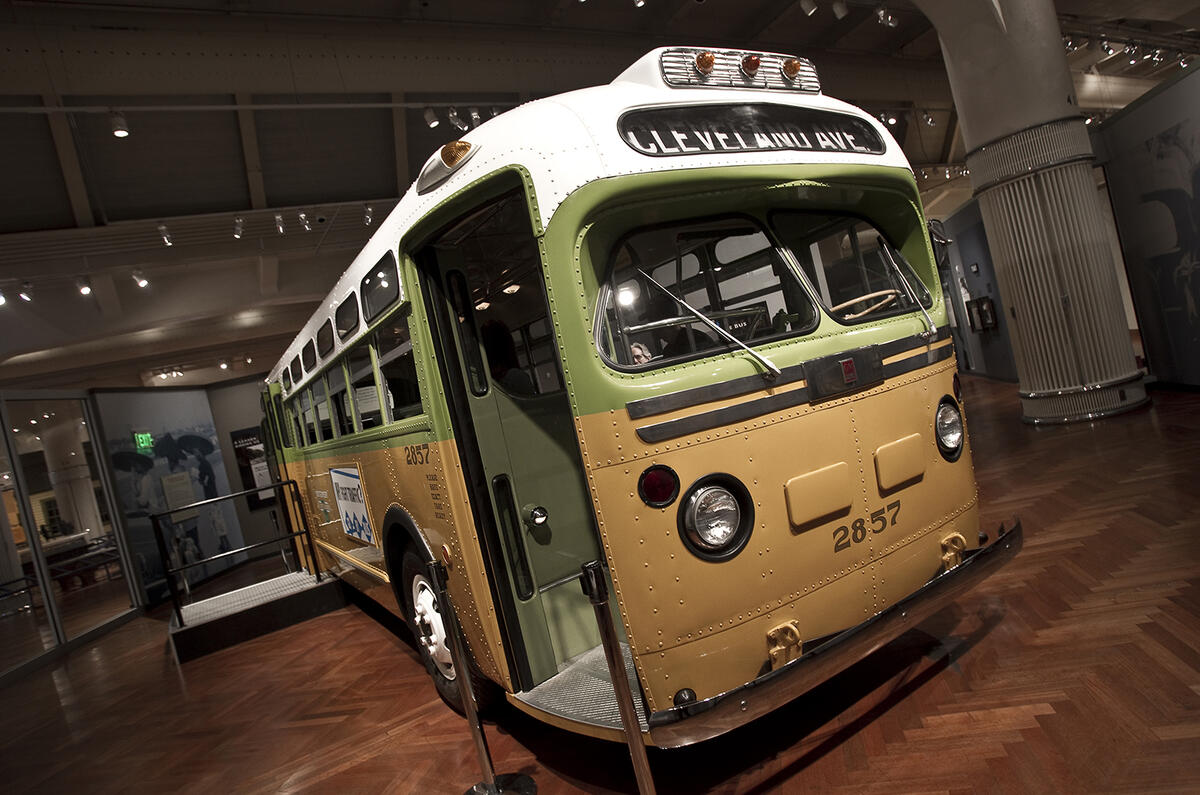
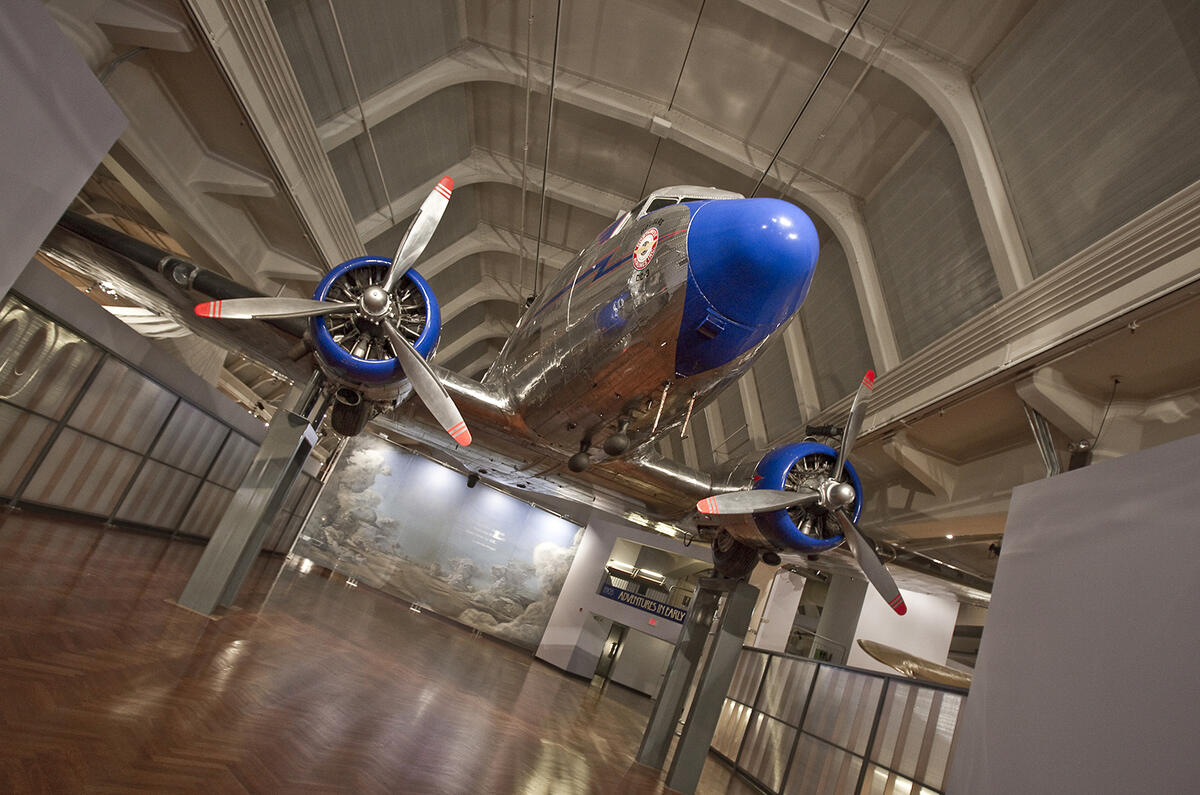

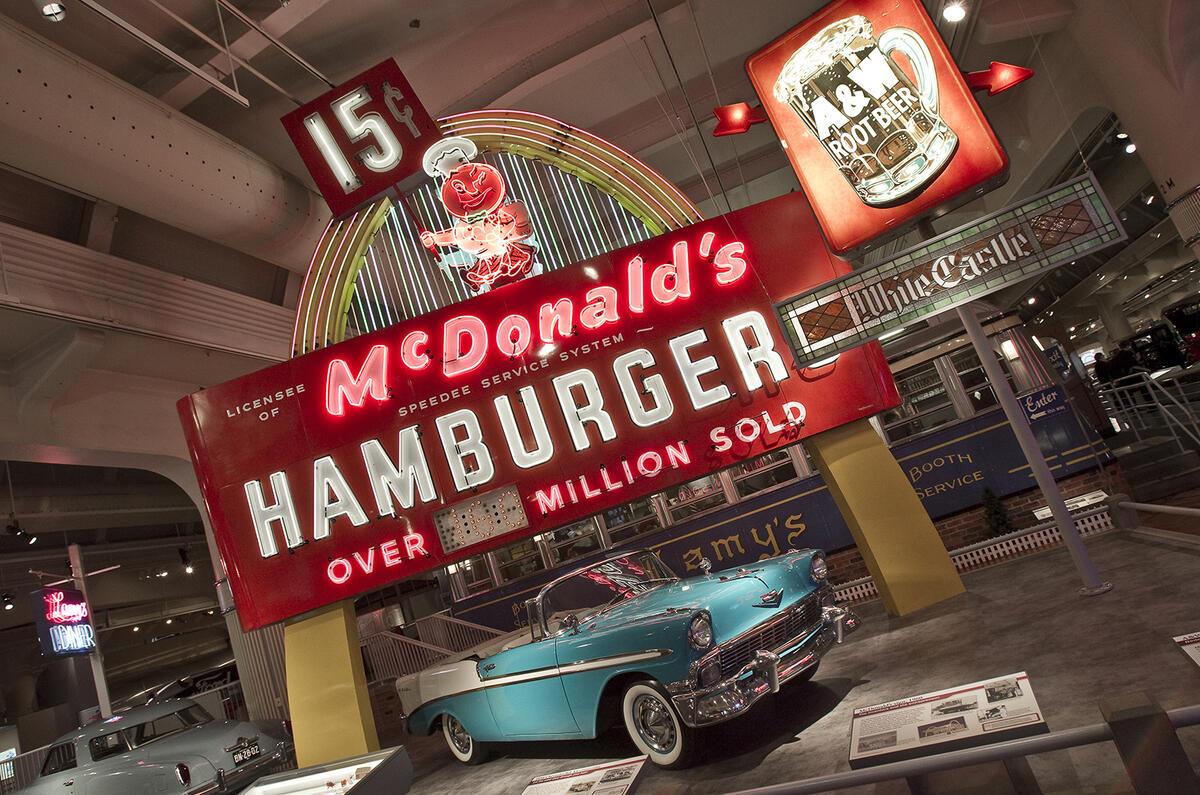
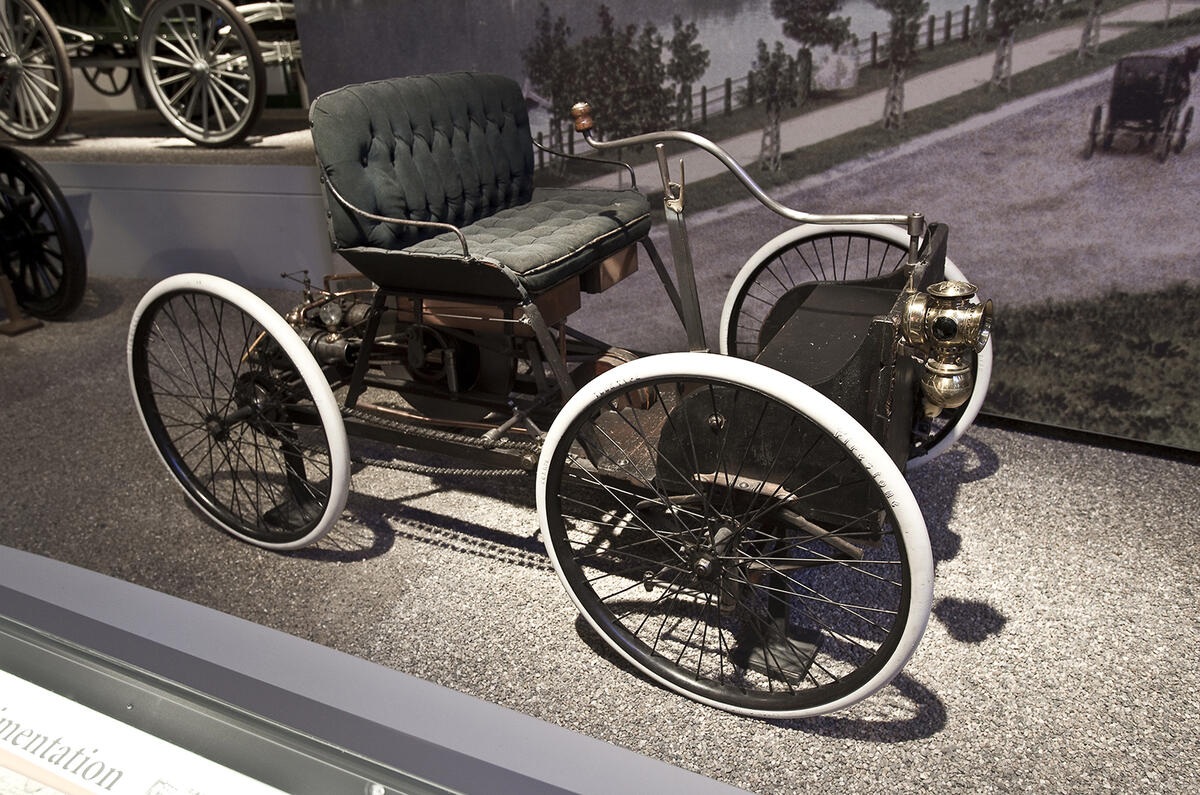
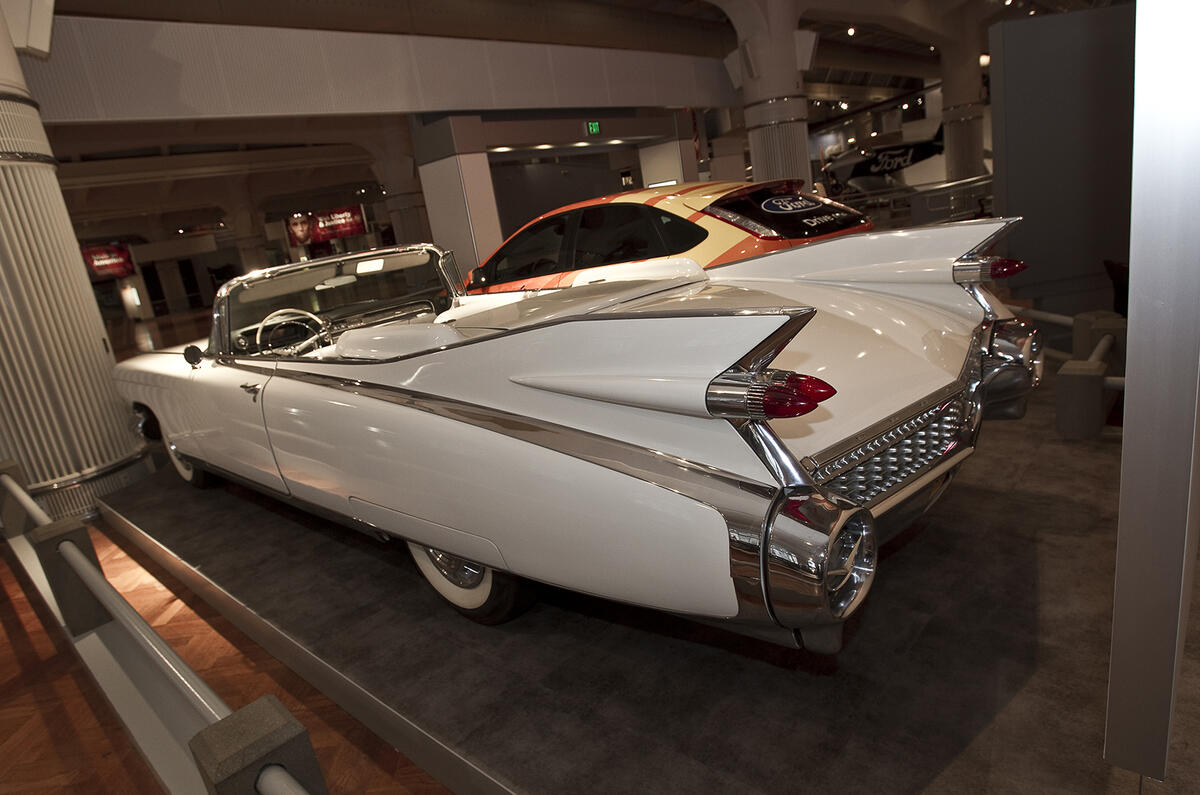
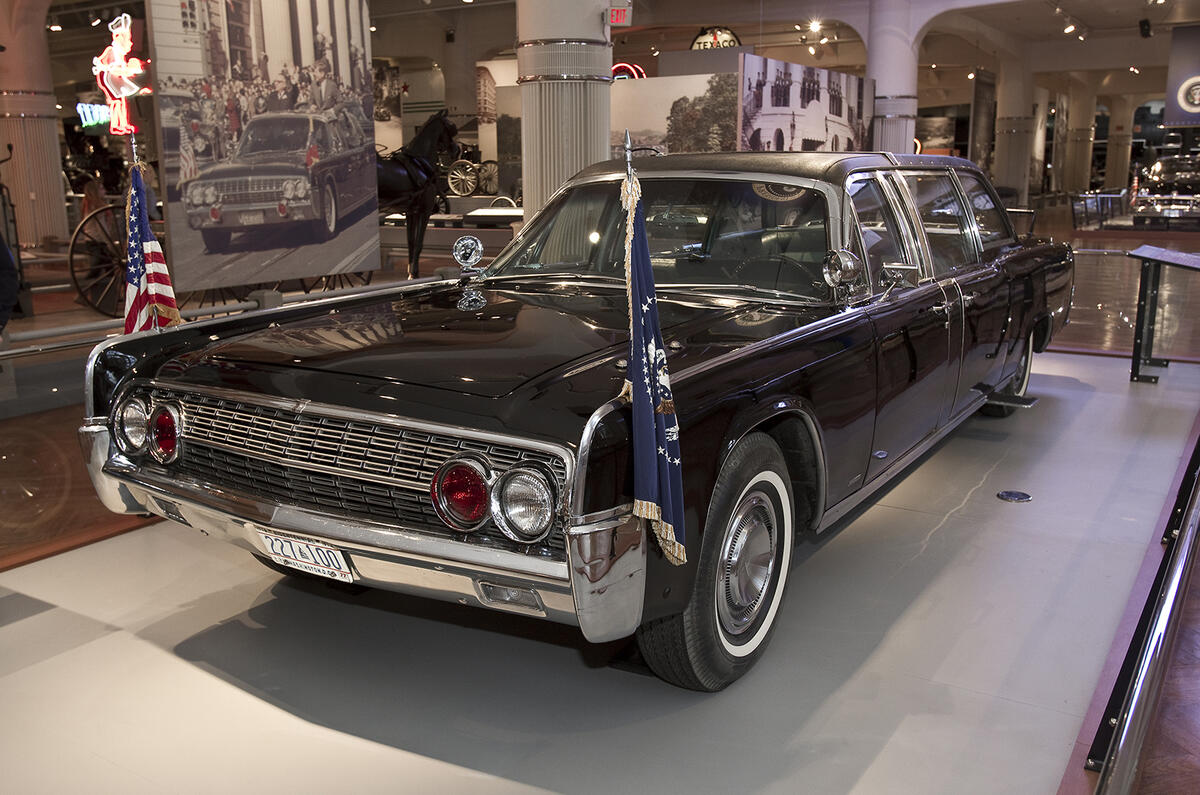
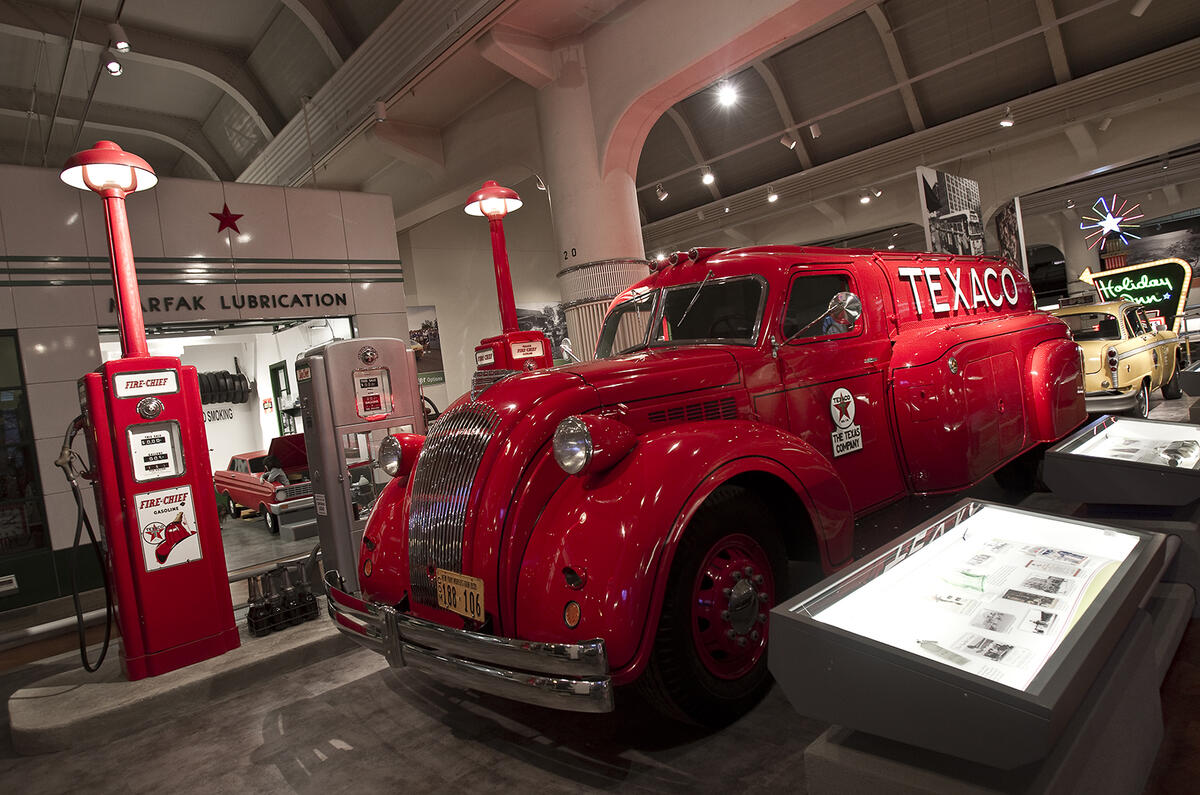
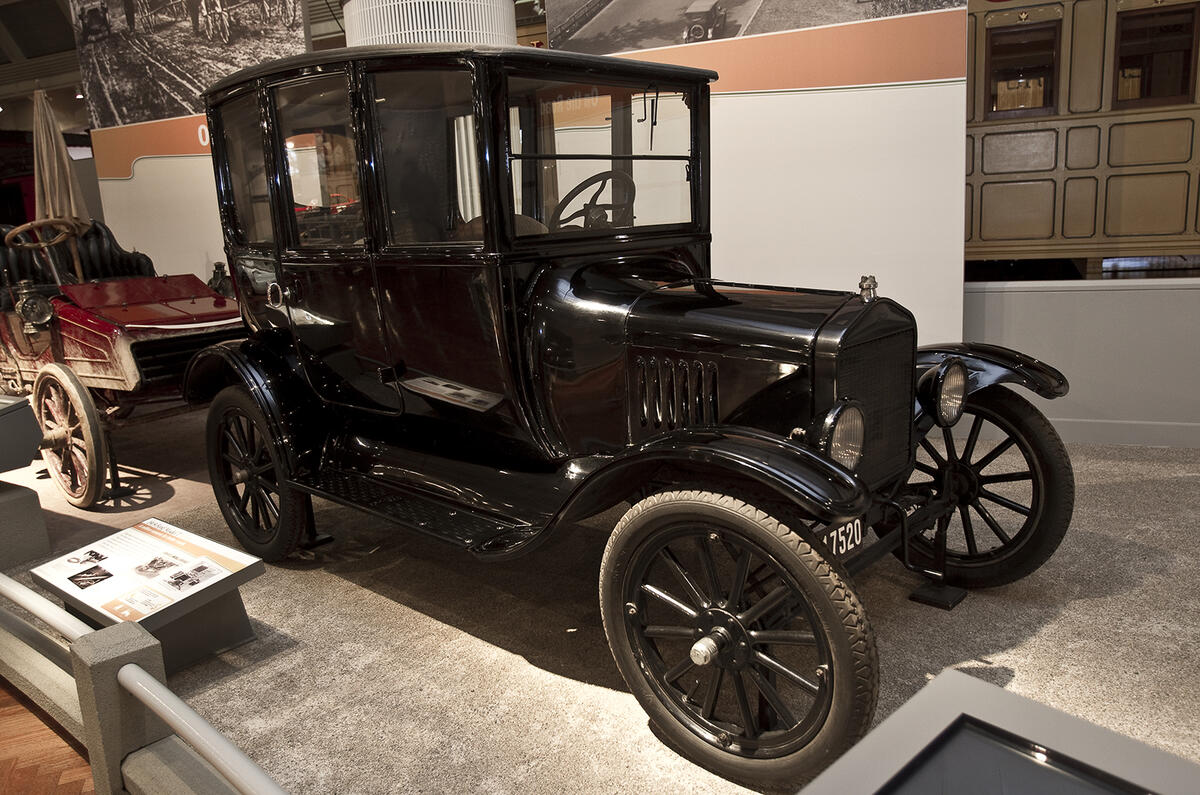
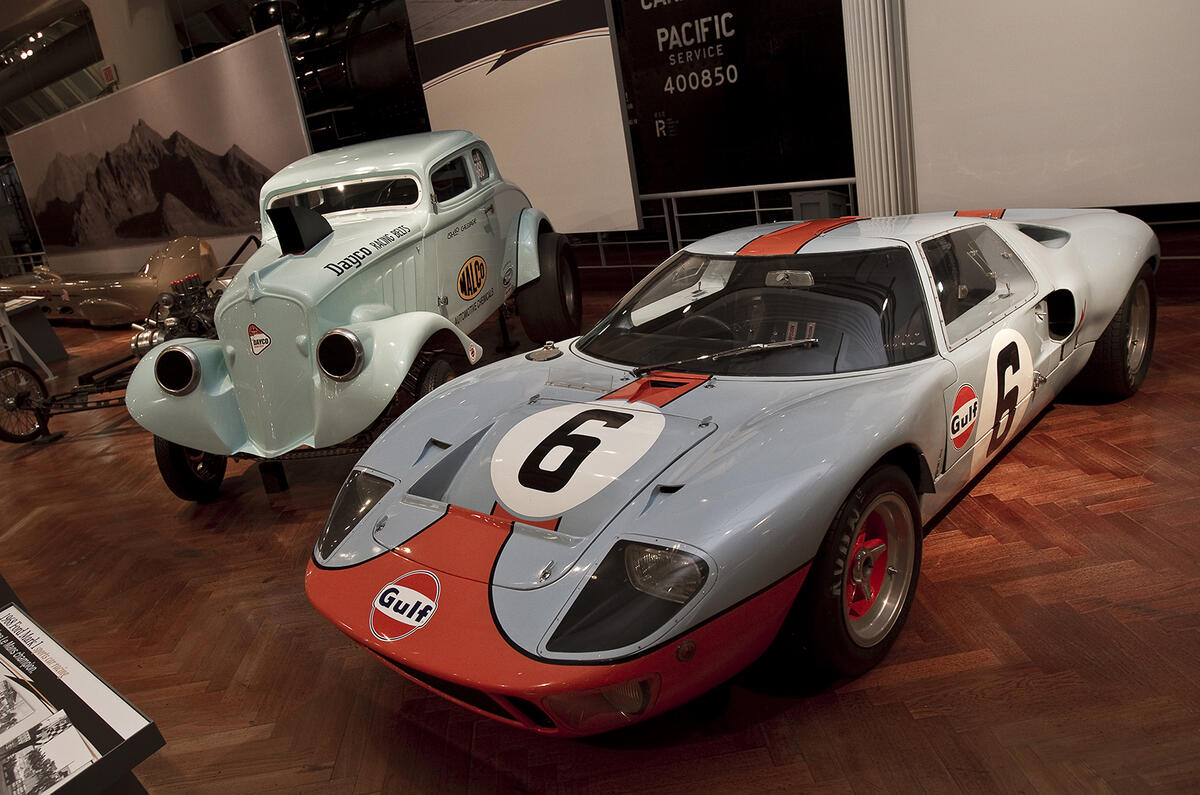
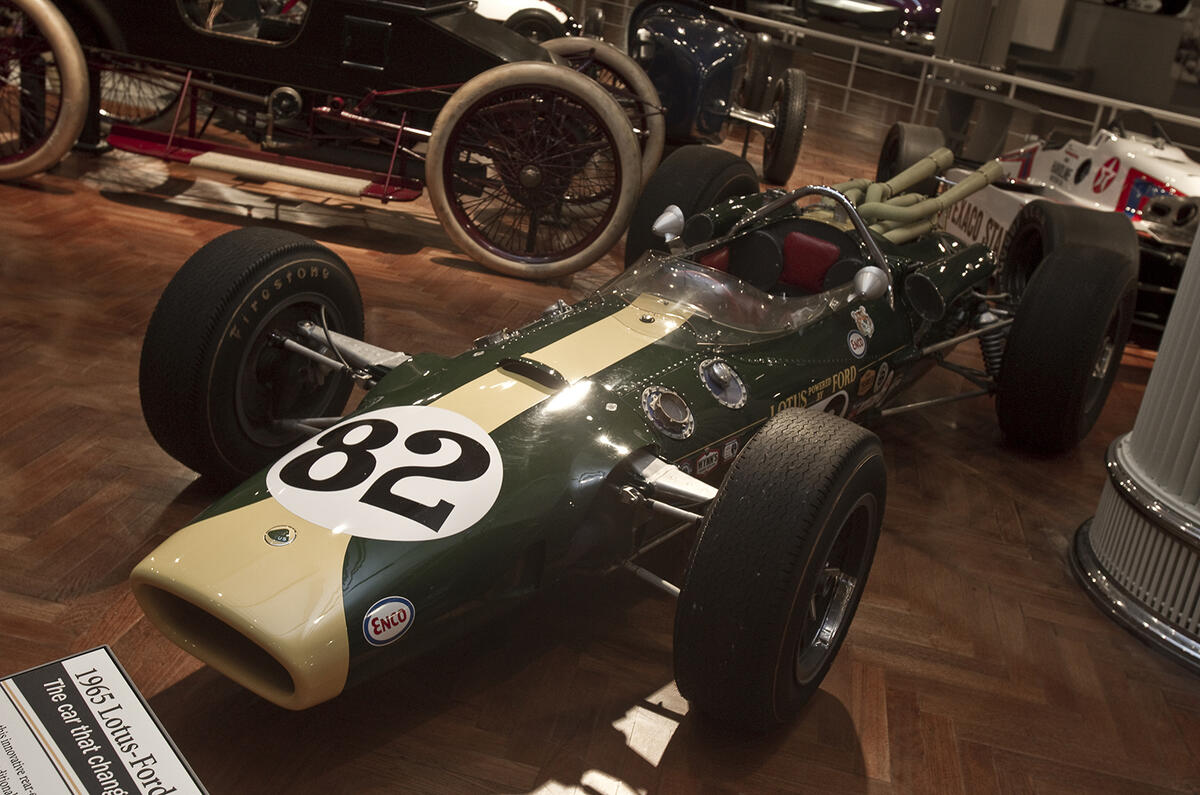
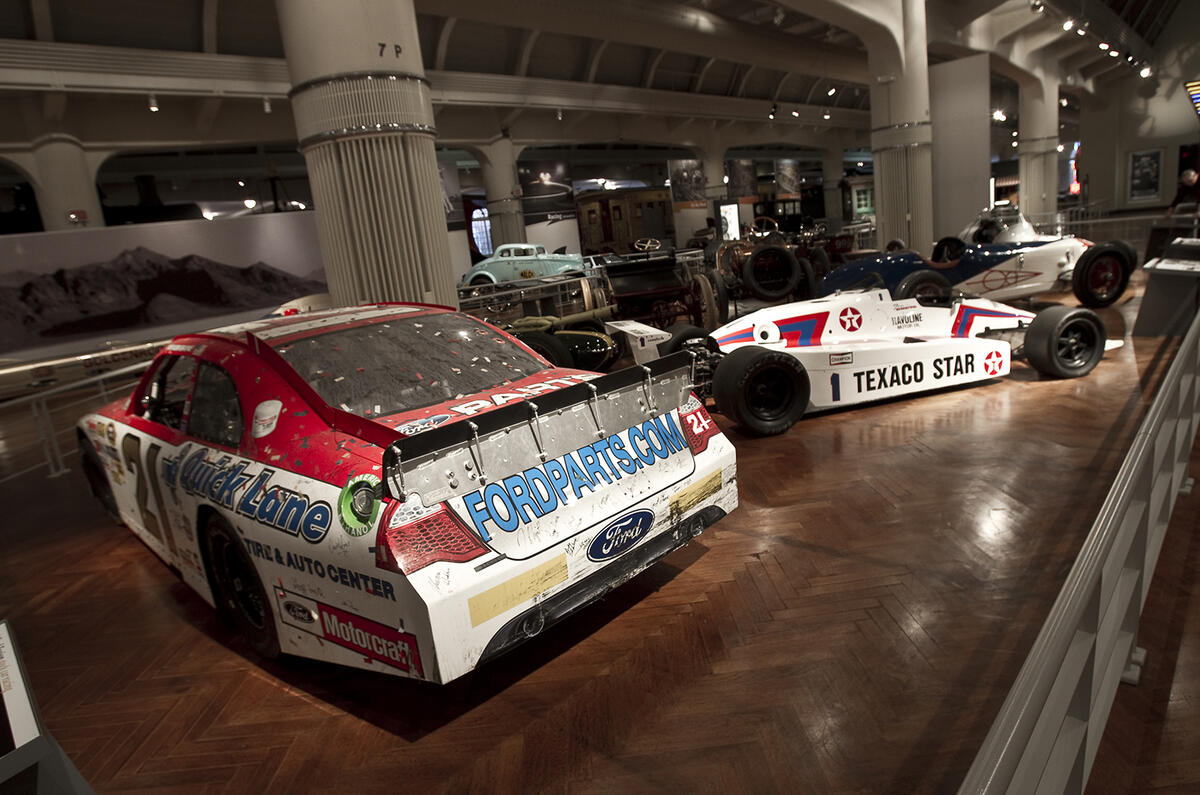
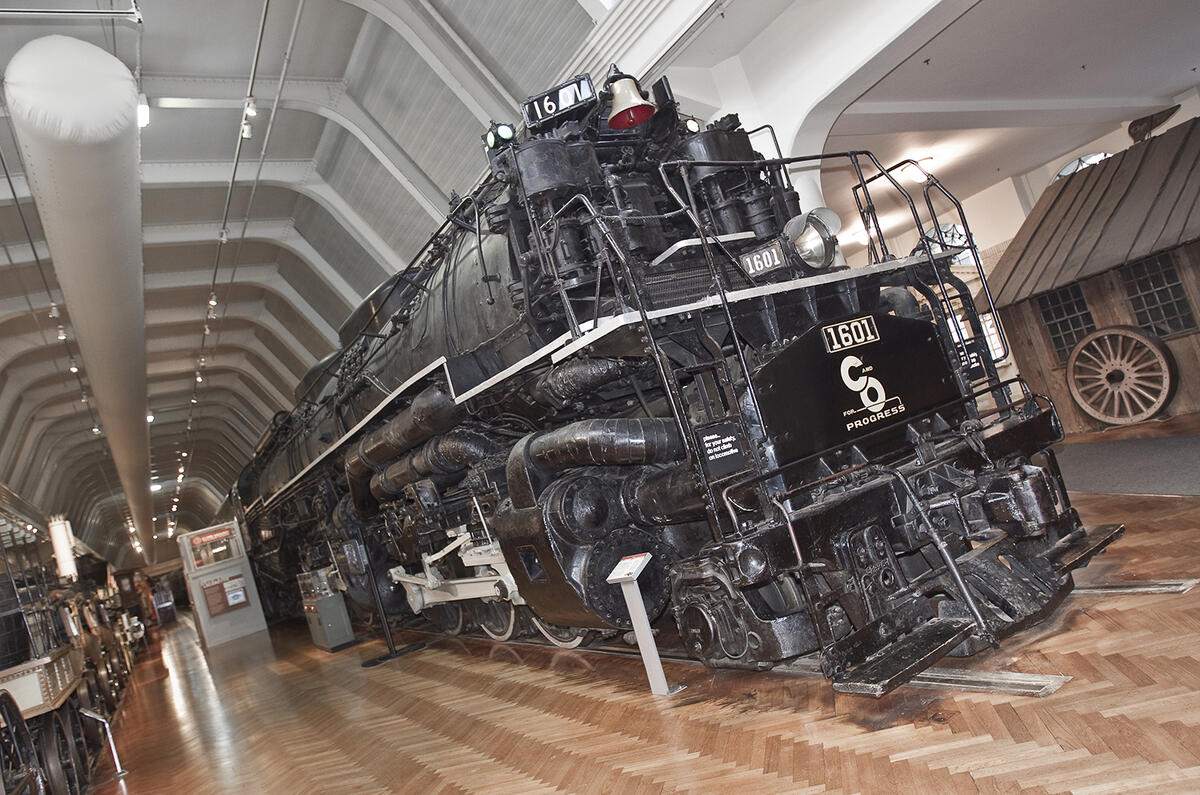
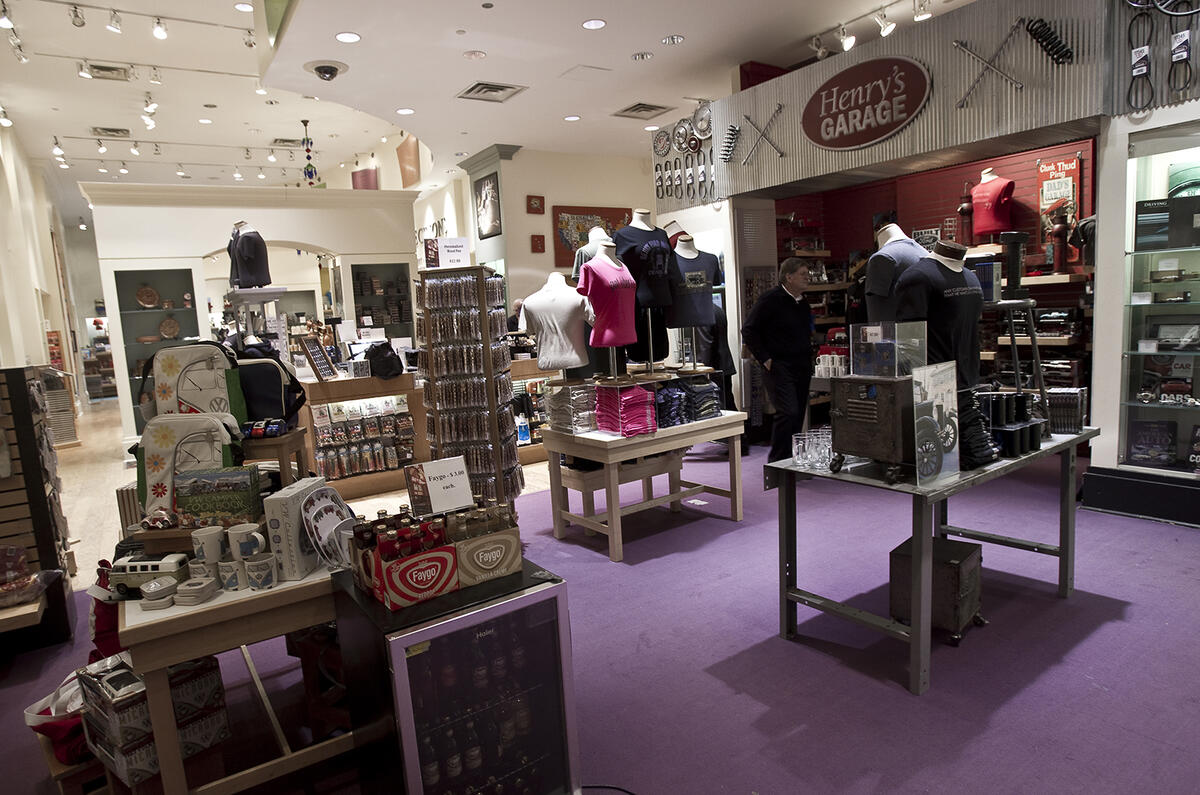
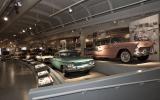




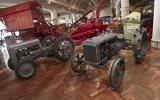
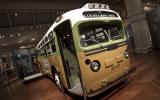
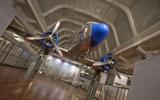
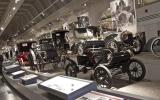
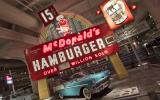
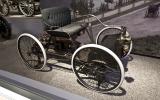
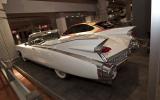
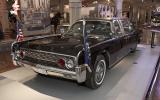
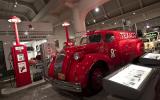
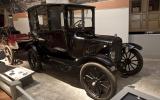
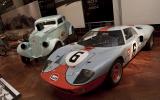
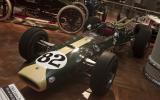
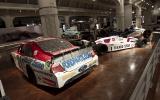
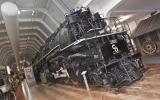
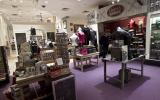






Join the debate
Add your comment
Henry Ford Museum & Greenfield
Henry Ford Museum
Never heard that one before.
Brilliant museum, if it wasn't for Detroit.